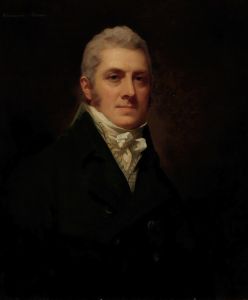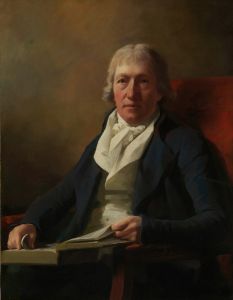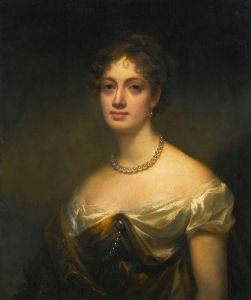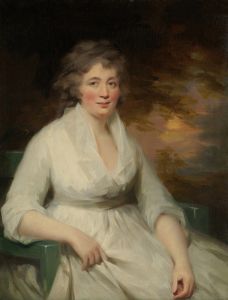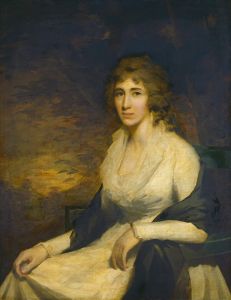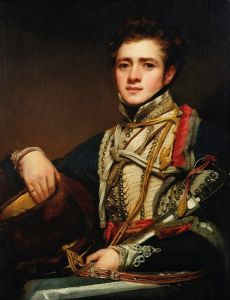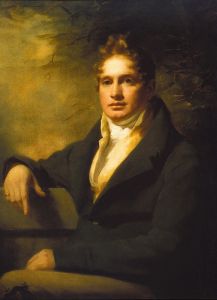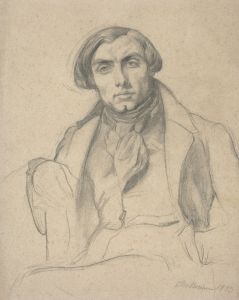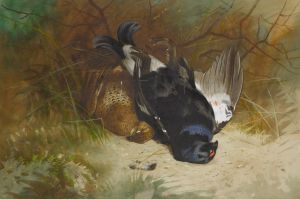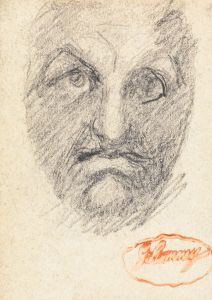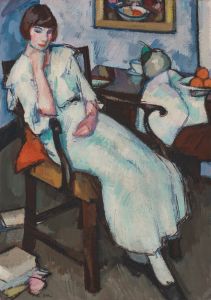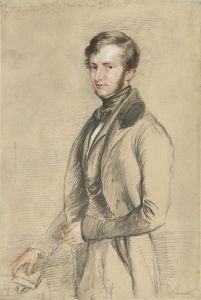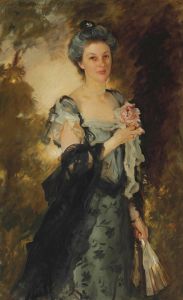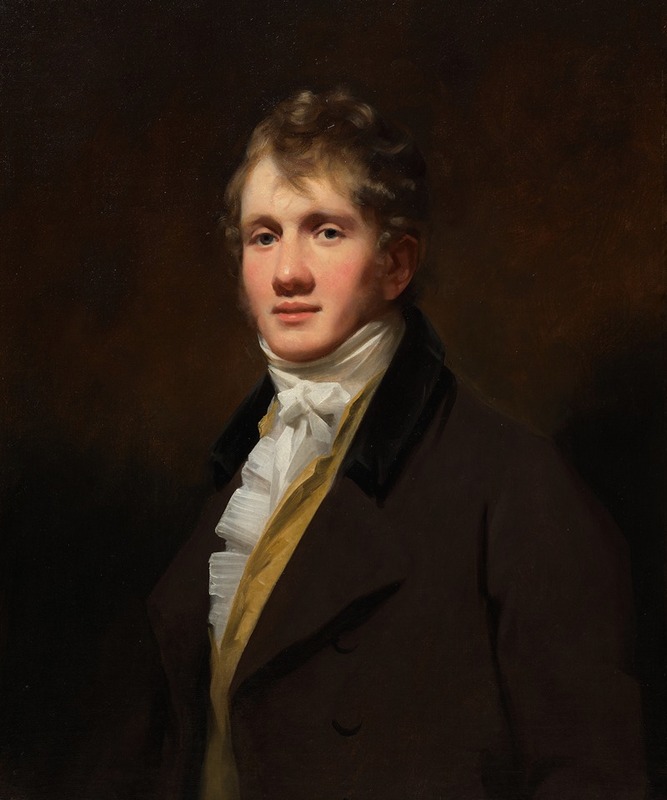
Portrait of Hugh Hope
A hand-painted replica of Sir Henry Raeburn’s masterpiece Portrait of Hugh Hope, meticulously crafted by professional artists to capture the true essence of the original. Each piece is created with museum-quality canvas and rare mineral pigments, carefully painted by experienced artists with delicate brushstrokes and rich, layered colors to perfectly recreate the texture of the original artwork. Unlike machine-printed reproductions, this hand-painted version brings the painting to life, infused with the artist’s emotions and skill in every stroke. Whether for personal collection or home decoration, it instantly elevates the artistic atmosphere of any space.
The Portrait of Hugh Hope is an oil painting by the renowned Scottish portrait artist Sir Henry Raeburn (1756–1823). Raeburn is celebrated for his masterful depictions of prominent figures in 18th and early 19th-century Scotland, and this portrait is one of many that exemplifies his skill in capturing the character and presence of his sitters.
The subject of the painting, Hugh Hope, was a Scottish military officer and colonial administrator. He served as a lieutenant-colonel in the British Army and held the position of Deputy Quartermaster-General in the West Indies. Hope's career was marked by his service during a period of significant British colonial and military activity. He passed away in 1808 while stationed in Barbados, where he had been overseeing military logistics.
Raeburn's portrait of Hugh Hope is believed to have been painted around the early 19th century, likely before Hope's departure for the West Indies. The painting showcases Raeburn's characteristic style, which combines a naturalistic approach to the human form with a keen attention to the textures of clothing and the subtleties of light and shadow. In this work, Hope is depicted in military attire, reflecting his profession and status. The composition emphasizes his dignified bearing and calm demeanor, qualities often associated with Raeburn's portrayals of military and civic leaders.
The painting is notable for its restrained color palette and the artist's ability to convey a sense of immediacy and life. Raeburn often worked directly with his sitters, eschewing preparatory sketches in favor of painting directly onto the canvas. This method allowed him to capture the essence of his subjects with remarkable immediacy and vitality.
The Portrait of Hugh Hope is currently housed in the Scottish National Gallery in Edinburgh, Scotland. It is part of the gallery's extensive collection of works by Raeburn, which includes many of his most famous portraits. The painting is considered an important example of Raeburn's contribution to the tradition of portraiture in Britain and his role in documenting the figures of his time.
As with many of Raeburn's works, the Portrait of Hugh Hope provides valuable insight into the social and cultural history of Scotland during the late 18th and early 19th centuries. It stands as a testament to Raeburn's enduring legacy as one of Scotland's greatest portrait painters.





